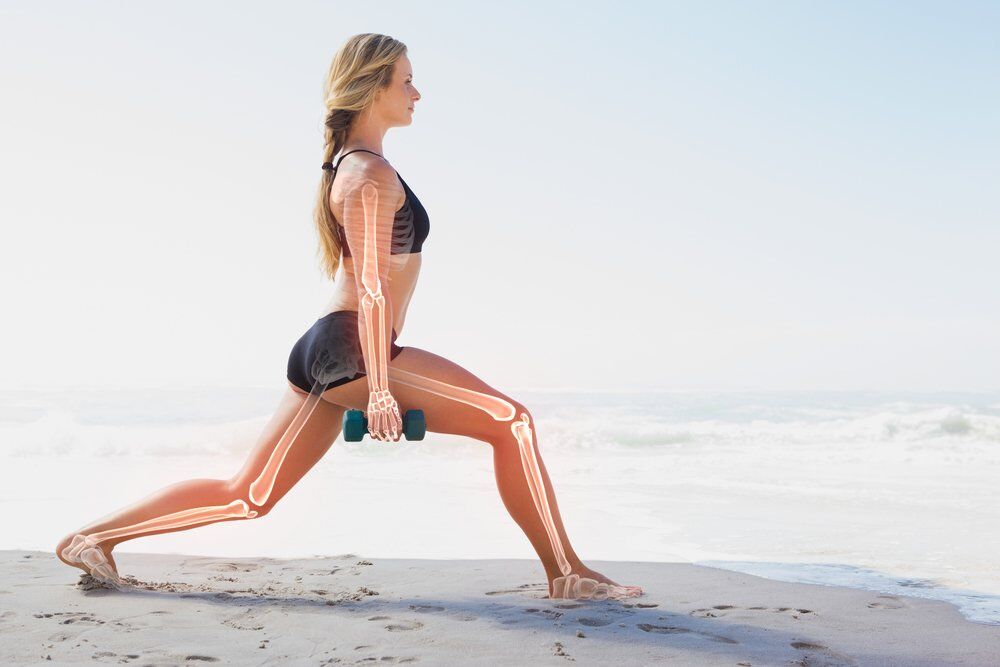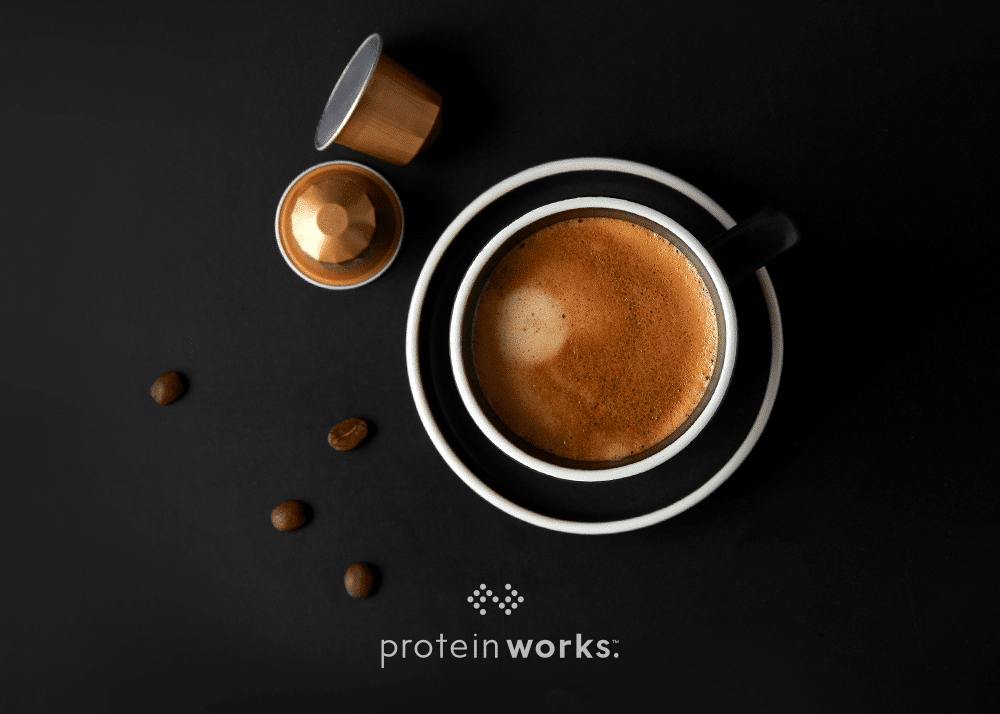Home » Health & Wellbeing » The Best Supplement Ingredients for Bone and Joint Health
Bone and joint health are something that you rarely think about until 1) You hit 35 and things start to hurt, or 2) You get an injury. Then it becomes a pressing concern. One of the best strategies for the avoidance of joint pain or weak bones is prevention. Improving your bone and joint health proactively will help you in the future.
In this article, we will be looking at some of the best supplement ingredients for bone and joint health. We will give a quick breakdown for each ingredient, explaining what the science says and why we believe it can be helpful.
Supplement Ingredient #1 Omega 3
In recent years, the scientific community’s love affair with Omega 3 has been tempered slightly. At one point it felt like a new benefit was being touted every week! But the truth is that there are still several verified benefits of omega 3 supplementation, and if your diet is deficient in this fatty acid you should consider taking it.
Studies have shown that supplementing with Omega 3 can reduce depressive symptoms [1], lower blood pressure [2], and reduce triglyceride levels [3].
But what about its affect on bone and joint health? Well, there are not many specific articles on the effects of Omega 3 on joint health. However, there is abundant evidence that Omega 3 supplementation can reduce inflammation.
This means that taking an Omega 3 supplement can reduce joint pain and reduce stiffness. Now, if your diet is filled with oily fish already, then an Omega 3 supplement may not be all that useful. But if your diet is relatively fish-free, you may notice a small but significant improvement.
Supplement Ingredient #2 Calcium
The effectiveness of calcium for bone and joint health is a controversial topic, with some evidence supporting it and some evidence finding against it. Certainly, if you are young and healthy and your diet is balanced then calcium supplementation is unlikely to be necessary.
However, calcium does appear to be effective at preventing the risk of fractures in older people. Particularly when it is combined with vitamin D [4]. Women will likely see more benefit from it than men will.
Supplement Ingredient #3 Curcumin
Curcumin is the active ingredient in turmeric, it is not the only chemical within turmeric and there is a lot of debate about whether turmeric itself has health benefits that curcumin does not influence. But if you are looking for joint health, then it is curcumin that you want.
Like calcium, curcumin appears to be effective at reducing inflammation. It has also been shown to be an effective treatment for the symptoms of osteoarthritis. A 2014 study by Panahi et al found that curcumin supplementation was able to decrease the symptoms of osteoarthritis in the knee [5].
Supplement Ingredient #4 Glucosamine
Glucosamine is one of the most important ingredients when it comes to bone and joint health. It is well known for its ability to prevent the degradation of collagen. Or more accurately, it can slow down the degradation of collagen – nothing stops it completely!
As such, glucosamine is often used by people who want to avoid osteoarthritis as well as athletes. This is because intense exercise can put a lot of strain on your joints and may lead to a degradation of collagen that is not seen in inactive people of similar ages.
A 1980 study by Pujalte et al looked at the effect of glucosamine on the pain associated with osteoarthritis [6]. The study found that taking 1,500mg of glucosamine per day for 6-8 weeks led to a significant reduction in pain in sufferers of osteoarthritis.
Glucosamine seems to be able to reduce pain associated with several other conditions, it may also help to improve your range of motion. There is definitely evidence that taking glucosamine can be effective for improving bone and joint health.
Supplement Ingredient #5 Vitamin D
While most people are not deficient in vitamin D, it is one of the most common vitamins for people to not be taking the ideal dosage of each day. Supplementation with vitamin D is ideal for people with darker skin who tend to live in countries where there are long periods of time without sunshine (the UK, the Scandinavian countries, Canada, Iceland etc).
Vitamin D works with calcium to strengthen bones and improve joint health, so if your levels are low then it may be an idea to increase them through supplementation.
Studies have shown that increasing vitamin D intake can reduce the risk of bone fractures in older people. One study found that the reduction was as high as 20% in individuals over the age of 65 [7].
Supplement Ingredient #6 Green Tea
This supplement ingredient is a little out of left field, but there is evidence that green tea catechins may be effective at preventing against osteoporosis.
A 2007 study on elderly Japanese women found that those who took green tea supplements had greater bone mineral density than those who did not [8].
However, it should be noted that the most likely explanation for this is that green tea can help with weight loss.
Overweight people are more likely to suffer from osteoporosis and are more likely to suffer from fractures. So, green tea may work by reducing the risk of low bone mineral density indirectly. Either way, it appears that there is a link between consuming green tea extract and having higher bone mineral density.
Supplement Ingredient #7 Vitamin C and Vitamin E
The final ingredient on this list is vitamin C (and possibly vitamin E as well), which appears to increase bone mineral density. A 2009 study by Chuin et al found that consuming a combination of Vitamin C and Vitamin E led to a reduction in bone mineral density loss in elderly women [9].
A similar study by Muraki et al also found that women who consumed Vitamin C and Vitamin E were more likely to have high bone mineral density [10].
Final Thoughts
This article has identified several vitamins, minerals, and supplement ingredients that can help to improve both bone and joint health. But these should not be taken in a vacuum. By which we mean that supplementation works best when combined with other lifestyle factors.
Regular exercise, good sleep, and following a healthy and varied diet will also help to improve your bone and joint health. Mostly through indirect methods. One of the best things you can do to protect your bones and joints is to stay within a healthy weight.
Being overweight can place a lot of strain on your bones and joints, and can increase your risk of osteoporosis or osteoarthritis.
References
Related Posts




No Comments yet!